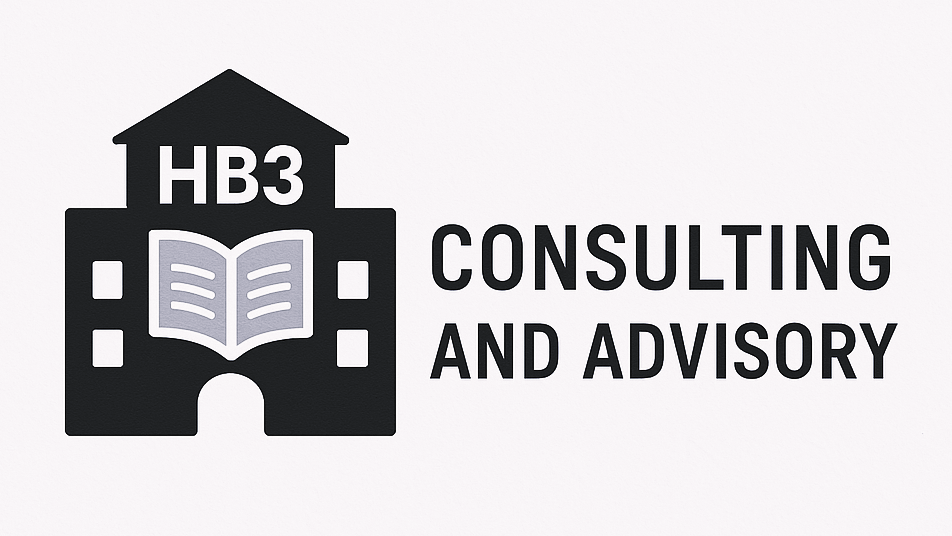The October Jitters: Why School Founders Doubt Themselves (and How to Push Through)
Every microschool founder I’ve had the opportunity to speak with hits a wall in October. The first weeks of the year are fueled by adrenaline and vision: students are finally here, the space feels alive, and the idea that once lived only in your head is suddenly real. But by mid-fall, that same reality can start to feel heavy. October is when the long days catch up to you. The novelty fades, the challenges multiply, and the energy that carried you through August doesn’t quite refill overnight. You start wondering: Did I build this right? Am I the right person for this? Is everyone else doing better than me?
Those thoughts are common. In fact, they’re a sign that you’re paying attention. Founding a school isn’t just about logistics, it’s about identity. You’re not only designing a system; you’re defining yourself as a leader, educator, and community builder, often for the first time in this context.
Why October Feels So Hard
There are three big reasons October wobbles even the most confident founders:
1. The Dream Meets the Data.
By now, you’ve gathered enough information to see what’s working and what isn’t. Maybe enrollment came in lower than hoped. Maybe your staffing model is showing cracks. Or maybe the curriculum that looked perfect on paper feels clunky in practice. The feedback loop gets real very fast, and it can feel personal.
2. The Emotional Bank Account is Low.
Founders spend the early months giving their time, reassurance, flexibility, vision, and stability. But giving without replenishment leads to depletion. Most founders underestimate how isolating the middle stretch of the semester can feel. Unlike teachers, you may not have colleagues to vent with. Unlike students, you don’t get daily wins in the form of visible growth. You’re often the only one holding the big picture, and that can be lonely work.
3. The Mirror Moment.
Around this time, founders start seeing the reflection of their leadership choices in the community’s behavior. Culture has taken shape, sometimes beautifully, sometimes unevenly. And if it’s uneven, it’s tempting to panic or overcorrect instead of pausing to learn. October is when you realize that you’ve created something that now has a life of its own. That realization is thrilling and unnerving at the same time.
Several patterns tend to emerge in the early months:
Comparing to others: Founders often measure their progress against larger schools, polished programs, or past experience. In a microschool especially, the small scale can make every imperfection feel amplified.
High expectations: You want every lesson to be engaging, meaningful, and perfectly aligned with your vision. When it isn’t, the self-critical voice kicks in.
Invisible progress: Many early wins aren’t immediately visible, so it can feel like nothing is working.
How to Push Through
How can you shift your mindset to stay focused on what really matters most?
1. Slow Down Before You Speed Up.
You don’t need a dramatic reset when often a deep breath and a recalibration will do. Take a few hours away, if you can. Revisit your founding documents or your first notes about “why this school.” Founders who take time to re-anchor in purpose tend to make better mid-course adjustments than those who react from fatigue.
2. Name What’s Working.
It’s easy to fixate on problems, but October is also when quiet successes start to emerge, whether that is students taking initiative, teachers adapting creatively, or families beginning to trust. Write those things down. Even small wins matter; they’re the proof that your foundation is real.
3. Talk to Other Founders.
There’s something grounding about hearing, “Oh, you’re in that phase.” Veteran founders will tell you that every school has a rhythm, and October is always hard. Sharing those stories helps you see patterns instead of catastrophes.
4. Accept Imperfection as Progress.
The best schools aren’t born finished. They evolve. October exposes what still needs shaping, but that’s not failure, it’s feedback. Treat it as an early harvest, not a final judgment.
I would also suggest that the antidote to self-doubt isn’t perfection; it’s renewed clarity and focus. Return to your students, and think about what really matters in a lesson. Sometimes creating new learning experiences can spark a renewed spirit in a learning environment. A few guiding principles:
Purpose over perfection.
Every lesson should have a clear goal. Don’t overdesign; focus on what students should understand or be able to do by the end. Microschool founders often discover that smaller, focused lessons create bigger impact than sprawling, multi-activity plans.Engagement over busywork.
Students notice when activities are just “filler.” Ask: Will this spark curiosity, provoke thinking, or help students create something meaningful? Even a simple project can become transformative if it has purpose and ownership.Flexibility built in.Plan for adjustments. If students struggle or excel faster than expected, be ready to pivot. Think of your lesson like a living document, not a rigid script.
Reflect and iterate.
After each lesson, take 10–15 minutes to jot down what worked, what didn’t, and why. These reflections are the foundation of your improvement cycle—and help counteract self-doubt with concrete evidence of progress.
If this October feeling seems familiar, reach out. I work with founders navigating this exact moment, the point where early excitement meets the hard, necessary work of refinement. Sometimes a short conversation can make the path forward a lot clearer.
